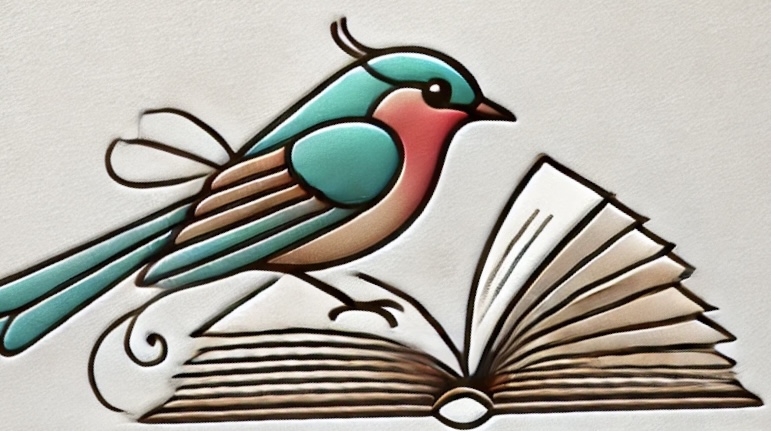
Ruby’s Hope: A Story of How the Famous “Migrant Mother” Photograph Became the Face of the Great Depression, by Monica Kulling and Illustrated by Sarah Dvojack, is a 9.75×11 hardback with “bleak yet beautiful illustrations” which were drawn with graphite and colored digitally.
Kulling calls this children’s book a “biography of a photograph”, and a “partially imagined” story about real people, or historical fiction.
The story is built around the American Depression of the 1930s and the drought and dust storms that made it difficult for farmers to make a living. Many families packed up everything they could and moved west, looking for work along the way. (Think: The Grapes of Wrath)
Photographer Dorothea Lange was taking pictures as part of Franklin Delano Roosevelt’s Farm Security Administration (FSA) program. When the Migrant Mother picture was published in the newspapers, people saw the hunger and need of the migrant workers in the camp. Soon the federal government sent 20,000 pounds of food for the people in the camp.
A real family left Oklahoma during the drought of the 1930s. The mother of the family is the one whose image became known as the Migrant Mother. She was Florence Owens Thompson, a Native American of the Cherokee Nation, born in Oklahoma in 1903.
Kulling used the real names of the people in this family, but imagined the events that led up to the taking of the picture. In real life, by the time the food arrived in the camp, the family had already left.
Teach the children what their ancestors went through to survive in this land. Teach them the cultural significance of a photograph. Teach them that they have a heritage. 5 Stars.

